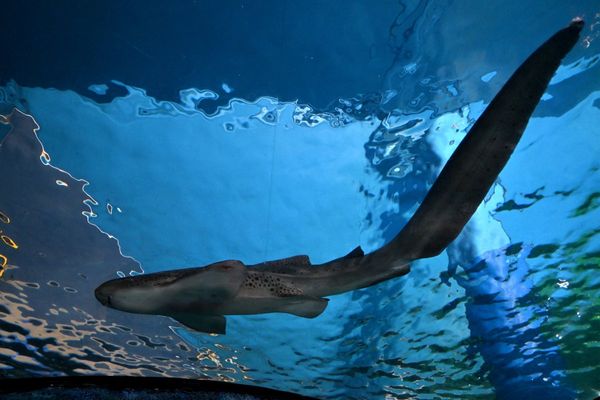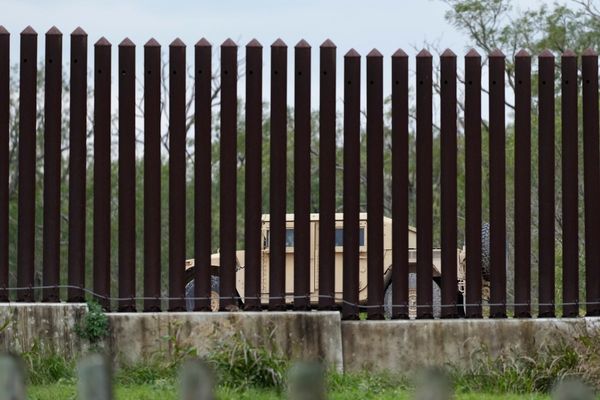
The clock is ticking. Billions of people around the world do not have enough food to eat and the number of undernourished is on the rise. With the global population expected to reach 10 billion people by 2050, food security is a huge challenge that is engaging hundreds of millions of farmers, fishers, food processors, technical experts and political leaders.
There's no doubt that products from aquaculture and fisheries can play a vital role in not only contributing to healthier diets, but also meeting the nutrition and food security needs of the world's poorest and most vulnerable.
Aquaculture is the fastest growing sector of the global food industry. Global food consumption of aquatic products has increased by over 120% since 1990 and aquaculture now provides more than 50% of that amount. That is expected to grow to almost 60% by 2030.
Asia leads global aquatic animal production -- accounting for close to 90% of total output with China, Indonesia, India and Vietnam among the world's top producers. In addition, seaweeds and other aquatic plants are almost exclusively farmed.
As our appetite for aquatic products expands, the pace of investment, innovation and technology in this critical sector is also on the rise. However, we need to ensure that expansion is supported by sustainable production with the adoption of new technology and digitalisation that will enhance lives and livelihoods.
There are plenty of challenges. Climate change impacts and disruption to consumption and production during the Covid-19 pandemic have had an impact on the pace of aquaculture growth in the short-term. The ability of the industry to satisfy the world's growing nutritional needs will depend on staying one step ahead with innovation, while providing the legal and policy framework to support growth and safeguard the jobs and livelihoods of those who depend on aquaculture.
Technological advances are already making a difference in the aquaculture industry. Improvements in seed production, digital technology and biosecurity, are contributing to change and there is potential for far more.
Quality seeds complement the efficient use of land, water and other inputs, while raising production and economic returns. Innovations such as selective breeding, indoor hatcheries, and pathogen-free broodstock, that are used for breeding, are also having an impact.
Aquaculture digitalisation applied to ponds, water systems or offshore cages is making feeding more efficient, while at the same time, reducing the need for labour and the frequency required for monitoring aquatic animals or water quality. Digitalisation is also improving biosecurity management, on-farm assessments and traceability.
Breakthroughs in biosecurity technology have reduced animal mortality and improved health outcomes. There have been improvements in vaccinations, aquaculture practices, probiotics and water quality. Effluent treatment technology now enables aquatic animals to live in the same water body because the effluents can be treated in the same system or with separate treatment systems.
The signs are encouraging. If we are to meet the UN Sustainable Development Goals by 2030, we need to step up action to increase technology and sustainable production, but also address the value chain and market demands, while ensuring there is stable and secure employment.
The importance of fisheries and aquaculture goes beyond nutrition: They support the livelihoods of around 10% of the world's population and almost all of the people who depend on fisheries live in developing countries.
In September 2021, the Food and Agriculture Organization of the United Nations (FAO) partnered with China's Ministry of Agriculture and Rural Affairs (MARA), and the Network of Aquaculture Centres in Asia-Pacific (NACA) to hold the Global Conference on Aquaculture Millennium+20 in Shanghai with the theme "Aquaculture for Food and Sustainable Development".
The conference adopted the Shanghai Declaration, a call to action that will shape the future of aquaculture and seek to optimise the sector's contribution to global agri-food systems in line with the UN's 2030 Agenda for Sustainable Development.
The Declaration recognises the capacity of aquaculture for further growth. Significantly, it stresses the need to prevent that growth from diminishing ecosystem, health or animal, welfare standards, on the one hand, or increasing biodiversity loss and social inequalities on the other.
The aquaculture sector demands sustainable and equitable development strategies. Strong leadership and collaboration is needed across the private sector, the public sector and civil society to support and regulate aquaculture with the right legal framework and policies so that lives and livelihoods are sustained and enhanced.
Aquaculture plays an important role in FAO's new Strategic Framework 2022-2031. Through its Blue Transformation priority programme, the UN organisation is focused on supporting 35 to 40% growth in global aquaculture by 2030.
If we are truly committed to ending food insecurity and malnutrition, a concerted effort to produce more aquatic foods is needed now in a sustainable way and we must work together to make it happen. There is no time to waste.
Matthias Halwart is the Food and Agriculture Organization's (FAO) Chair of the Global Conference on Aquaculture Millennium +20.







